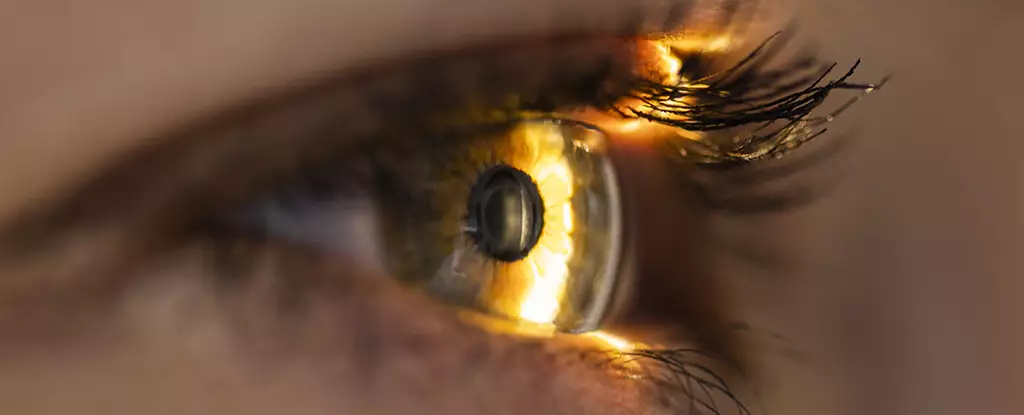Attention Deficit Hyperactivity Disorder (ADHD) is a prevalent neurodevelopmental disorder affecting millions worldwide, yet the current methods for diagnosing it are far from perfect. Traditional approaches often involve lengthy assessments filled with subjective evaluations, making the process both onerous and inconsistent. This lack of efficiency leaves individuals in limbo, waiting for clarity and support that could enhance their lives. With an estimated 1 in 20 people grappling with ADHD, the urgent need for a more streamlined and reliable diagnostic strategy has never been more critical.
AI’s Role in ADHD Detection
Recent research from South Korea hints at a revolutionary solution: artificial intelligence (AI). A team led by experts from Yonsei University College of Medicine developed machine learning models capable of pinpointing ADHD through an innovative method—analyzing fundus images from the eye. This approach leverages the premise that specific alterations in retinal characteristics can signal underlying neurological conditions. The study report boasted a staggering 96.9% accuracy in ADHD predictions based solely on these images. Such findings suggest that advanced technology can not only provide accuracy but also introduce a noninvasive option for screening.
Understanding the Mechanics Behind the Eyes
What makes the eye a focal point in ADHD diagnostics? The study notes that variations in blood vessel density, the shape and width of vessels, and changes in the optic disc reveal critical signs of ADHD. For years, experts have theorized about the connection between visual and cognitive impairments. This research affirms that our eyes may serve as windows into the brain’s functioning—literally. By identifying these eye features, AI enhances the potential for rapid assessments, drastically reducing the time necessary for diagnosis compared to conventional methods.
A Simplified Yet Effective Approach
The machine learning model sets itself apart from previous high-accuracy systems, which relied on a myriad of variables for differentiation. Instead, this new method harnesses data exclusively from retinal photographs, promoting a singular focus that simplifies analysis. This simplified methodology increases clarity and usability of the models, allowing healthcare providers to leverage the findings without sifting through complex data sets. Furthermore, the study involved a substantial sample size of 646 participants, ensuring that the results were well-rounded and indicative of a broader population.
Future Extensions and Limitations
While the results from this study are promising, they are only the beginning. Expanding the research to encompass larger and more diverse populations will be essential in validating and enhancing the findings. Notably, ADHD presents differently in adults and often coexists with other disorders such as autism spectrum disorder (ASD), which was excluded from this initial study. This exclusion raises questions about the model’s capacity to differentiate between ADHD and ASD, a critical capability if the objective is to provide comprehensive diagnostic support.
The average age of 9.5 years among participants signifies another area for future investigation. As ADHD symptoms can evolve significantly across different life stages, adapting the AI model to recognize these changes in older populations will be crucial for its broader applicability. Moreover, further refinements could enhance the system’s ability to detect co-occurring conditions, which are common among those with ADHD.
The Promise of Early Intervention
The message from this research is not only about technological advancement; it highlights the potential for early intervention. As the study underscores, timely screening and intervention can vastly improve social, familial, and academic outcomes for individuals with ADHD. For families grappling with the challenges of the disorder, a quick and reliable diagnostic method means a pathway to support that can fundamentally change lives. As robotics and machine learning continue to evolve, the promise of an achievable and prompt ADHD diagnosis through retinal imaging appears closer to reality than ever before. The convergence of technology and healthcare brings with it an encouraging hope for those who struggle and the families that support them.


Leave a Reply